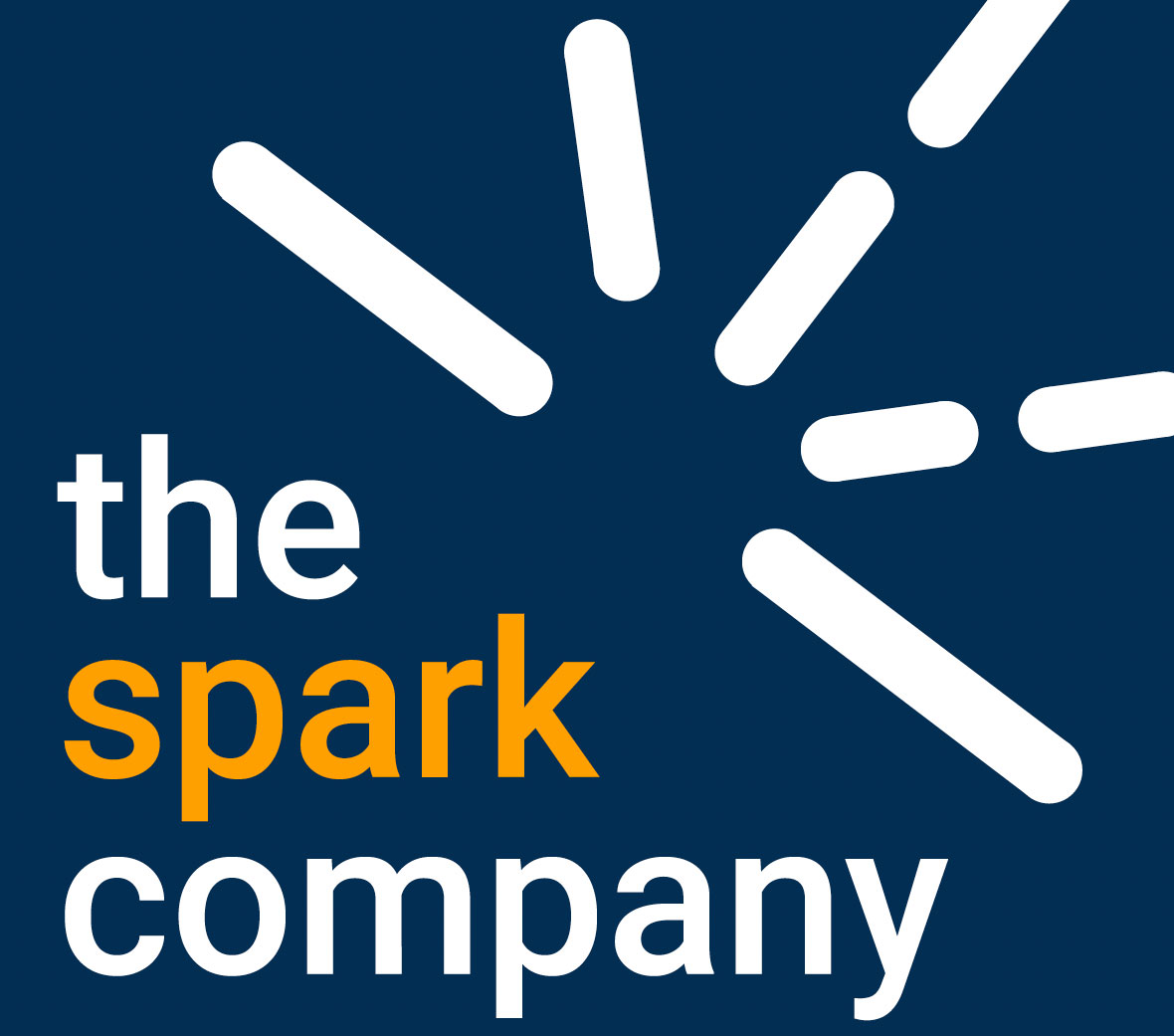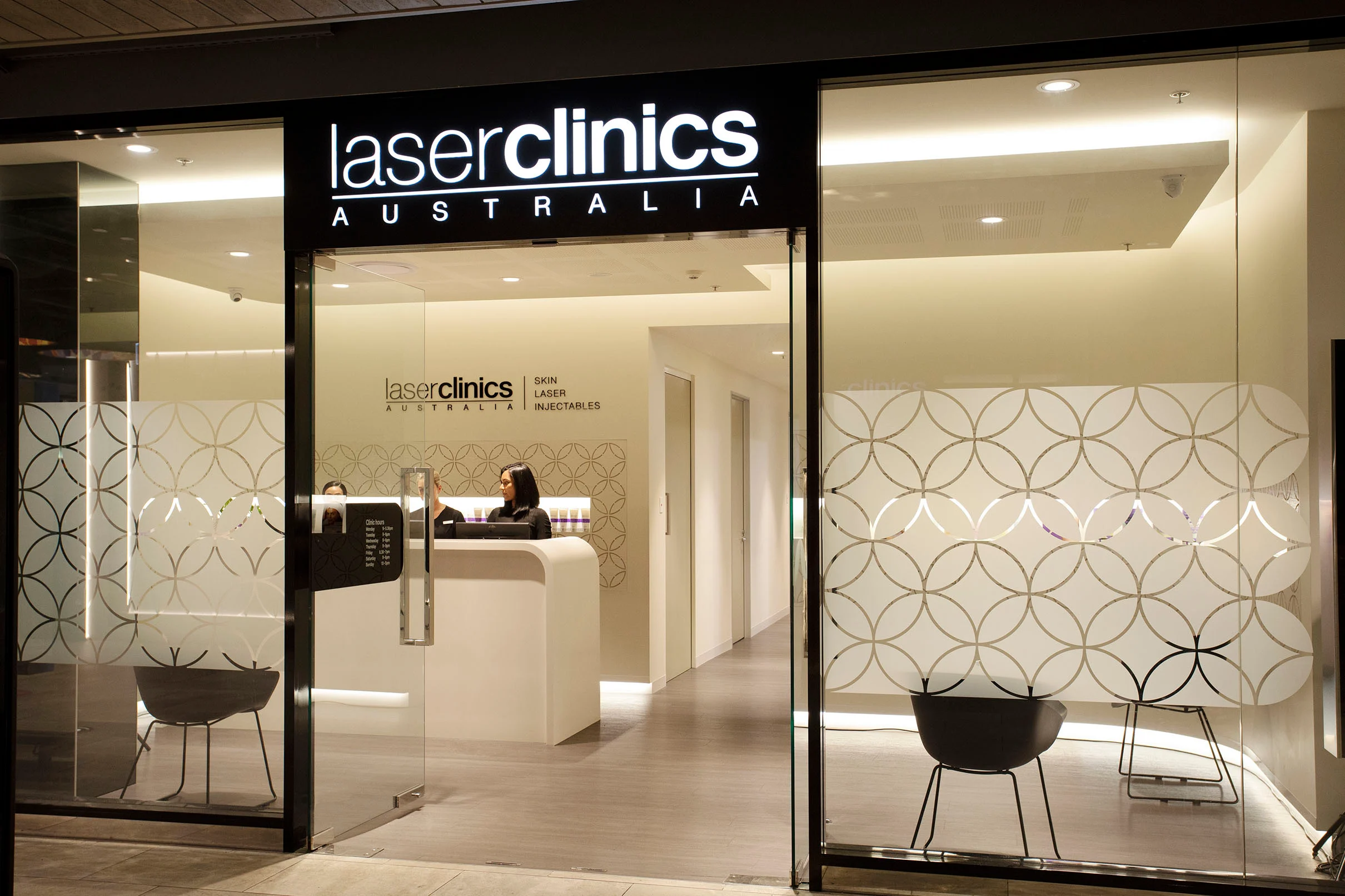We’ve talked a lot recently about how to spot when things aren’t going well. We’ve covered cultural blindspots, festering grievances and ineffective organisational structures. In lots of cases these problems emerge because those in charge of managing HR are distracted by other stuff! From holiday pay and recruitment challenges through to furlough – a busy HR team often gets bogged down with no time to see the big picture. It doesn’t have to be this way! Changes to company infrastructure and HR systems could revolutionise the capacity of your HR team and make it easier for your organisation to get things done. After all, most (if not all) HR people want to do the best for you, your teams and your customers.
This might come as a bit of a shock, but virtually all day-to-day people management decisions should sit with line managers, not HR. This means everything from 1:1s, performance coaching, recognising achievements, managing attendance, and so on… Organisations that manage people through a centralised HR department are outdated and often not resourced effectively. Gone are the days of HR making decisions for managers or telling managers what to do.
It makes more sense for teams to be given the skills and flexibility to manage their people properly. If you can achieve this, then your HR team will have the time and space to make your organisation function better. There are four things they can do to achieve this (Ulrich model):
Be a Strategic Partner This is about the alignment of HR activities and initiatives with your business aims and strategy. Strategic partners see beyond the internal function of HR to consider the customer and how best to organise the business to serve their needs. It’s usually a job for HR Directors and HR Business Partners.
Be a Change Agent An HR team can be instrumental in supporting change that helps the business to achieve its aims. It’s not about restructuring for the sake of it. The role of HR is to be an expert and trusted adviser, and driver of change activities. They should also be able to understand the future skills and talent needed to make any organisational changes a success.
Be an Employee Champion Being an employee champion is about doing the best for colleagues, leaders, and customers, it shouldn’t be confused with formal advocacy or trade union activity. Good leadership, clear brand values and a solid organisational moral compass will nurture authentic employee champions. These people are crucial and act as the conscience of the business, taking care of people at all levels equally, and prioritising ethical and fair business practices.
Be an Administrative Expert We don’t mean the world’s fastest touch-typist! In the past HR was about writing letters and documents for managers as they ‘couldn’t be trusted’ to do it themselves. These days it’s about creating efficient administrative systems, providing user-friendly templates for managers to personalise and most of all, maintaining excellent HR technology that enables people. In short, this is where HR can and should, get out of your way.
How are HR using technology to manage and enable people? Knowing when to automate processes and when the human touch is still needed, is a key skill for HR leaders. We all expect on-demand and instant service, from banking apps to self-service tills in stores, HR is no different. Our colleagues expect to be able to easily make holiday bookings, record appraisal ratings and access their data at the touch of a button.
An HR team that’s nailed being an ‘administrative expert’ will be creating, maintaining, and evolving systems, tools, and technology to serve you better. Remember, a system with even a minimal level of automation can save hours of wasted time and admin that does not add value, freeing-up time for HR teams to add value in other ways.
What is the gold standard for a modern HR team? Obviously, all organisations are different, but the key is to enable your HR Team to be an integral part of the business, not an afterthought. HR Teams come in all different shapes and sizes, but the best and most effective HR functions a focused on their customers.
We’ll give a gold star to any HR team that… Puts the customer first – HR is a core support function, so an overhead that you need to get the best value for. HRBPs and HR Directors should be structuring the business to better achieve your customer goals. When you understand what the customer needs you can shape systems and processes accordingly. Is a genuine catalyst for change – Top HR teams will ask tough questions about how you’re going to achieve your objectives. This can result in minor adaptations and actions, or major restructures and changes to how the business works. Either way, a top-notch HR team will be help you to manage change effectively and sustainably. Empowers others to make change happen! – Your HR team should be the experts at enabling and empowering managers to deliver the business plan for your customers. Makes the best use of talent and skill – Specialists specialise and generalists generalise. Wait…what? We’re talking about making the best use of talent, skill, and experience both within your team and elsewhere. Rely on your HRBP to get the best from your HR service and help you achieve your goals, and leave specialists to deliver project work and key goals across the organisation. Is totally prepared to say ‘no’ – The best HR teams help leaders to avoid unfocused vanity projects and ad hoc ‘people initiatives’ (so unhelpful) that aren’t linked to a proper strategy or business goals. Empower your HR Team to say ‘no’ to things that will not help to achieve your vision.
How can I achieve HR gold? Be bold and give more power to the people! If your HR team is micromanaging every person in your business from some ivory tower (or just a bog-standard red brick HQ) have a good think about what they could achieve if they weren’t rubber stamping holiday request forms or typing up appraisals. There is so much that can be achieved by overhauling outdated systems. Even by introducing one single approval workflow in a business, we saved 1,000 hours of management time over a year. Give me a call and I’ll explain how even minor changes like this can make a dramatic difference.
I need the help of a HR specialist to transform my HR function You might not know how or where to start changing things to create extra capacity in your HR Team. You might need an experienced and knowledgeable HR specialist to help you get started and create an action plan. I love working with HR Teams to release capacity and release their potential. Who knows what they might achieve? Get in touch for a friendly chat about how I can help.
Image credits Images sourced from Canva Pro and are photographers are not individually credited. If you see one of your photos above, please let us know so we can credit you here. Photo of Andrew Knight by Nick Morrish from Nick Morrish Photography
Our job as HR practitioners is to enable you to achieve your goals and objectives
Great. But what are HR doing, whilst I’m doing all the people stuff?

In modern organisations, it’s HR that enables and managers that manage

HR falls down when we focus on one role and not excellence in all areas

HR technology can be used enhance engagement and save valuable time

Award-winning HR Teams enable managers and teams to achieve their goals
Tag: Organisational Change
HR myths busted: “You can ‘Lift and Shift’ an organisational structure from one business to another”
If you’re looking to make a change, it can be tempting to try and transplant or improve upon an example that has worked brilliantly for another organisation. Amazing examples that get a mention on a podcast, or in a book can be thought-provoking and provide ideas but ‘lifting and shifting’ a design from one organisation to another rarely works, because just like you, your organisation is unique.
Having said that, there are four broad ‘types’ of organisational structure that you may have heard of, which are useful to understand.
‘Lifting and shifting’ an organisation structure rarely works, because your organisation is unique

The Four Organisational Structures
There are four types of organisational structures that can be seen across most organisations: Function, Product, Geography and Customer.
These four archetypes are the building blocks that organisations typically use when they’re (re)designing and (re)structuring their teams.
There are pros and cons to all four structure types and in reality, you’ll probably see a blend of the different types of organisation structure in use in your workplace today.
There are four types (or archetypes) of organisational structure seen in most companies today
- So you’re probably wondering how are the most successful organisations structured?
- What’s the ‘secret sauce’ for a great organisation design?
- Where should I start if I’m thinking about restructuring my teams and my business?
- Which of the four archetypes is most effective?
- Well, that depends on what you’re trying to achieve…

Functional
Functional structures organise and group work together by common activity.
In a functional structure, each function within the organisation is a separate ‘entity’ that is managed vertically by a Head of Function or Chief Officer.
Functional areas are sometimes referred to as “silos”. Communication generally follows the reporting lines (or hierarchy) of each function cross-departmental communication is usually handled by the department heads.
Functional structures organise and group work, and therefore teams, by common activity
- Functional structures work well when you’ve got a single line of business but can be challenging when you grow your product/service portfolio as nobody has end-to-end responsibility for product/service.
- When the work teams do is sufficiently specialised, functional structures can create efficiency and allow teams to focus right in on what they’re great at.
- When communication between departments can only be achieved by sending messages up the ‘chain of command’ to be passed at a senior level and cascaded down in another function, this can create blockages, duplication and barriers to productivity.

Product
Product organisation structures will group work by division, category, sector, or business unit.
In a product or divisional structure, it’s unusual to find any overlap between divisions. Typically, divisional leaders have high levels of autonomy and do not need to coordinate activity with other teams.
This usually means that each division is ‘self-contained’ and has its own resources to support that product line, e.g. its own marketing or product development teams.
Product structures are often organised as ‘self-contained’ and autonomous teams
- Many large corporations and multinationals have a multidivisional format, trading through subsidiaries and using the parent company’s brand name and/or intellectual property.
- Whilst subsidiaries or divisions benefit from the investment in branding by the parent company, it can be challenging to maintain consistency across each ‘self-contained’ or autonomous team.
- Sub-cultures can also be an advantage when well-managed, allowing for inclusion and expression, but can cause damage when allowed to diverge from an organisations core values, purpose, vision and mission.

Geography
Geographic organisation structures will group work by, well, geography!
In a saturated market this might look like an area or regional structure. In new markets, teams may be grouped together by country or territory.
Core products/services may be standardised but geographic teams are empowered to make decisions based on local culture, politics and tastes.
Geographic teams are, well, organised by geography, and usually empowered to make localised decisions
Geographic structures take many forms including satellite offices, websites and offerings tailored to local markets, and area/regional/country/global headquarters. In short, anything to stay close to customers.
Geographically dispersed teams can react more quickly to local events, cultural shits, political changes and the evolving tastes of their customers. Ever noticed that some soft drinks taste sweeter or more bitter in other countries? That’s a great example of a geographic team making a local decision to suit the market, whilst maintaining the core product offering.
Sometimes a geographically distributed team can duplicate resources and effort; I’ve even heard of three teams at one company all working on the same project without anyone realising. Without really top-notch employee engagement and internal communications, the business can end up competing against itself. This has the potential to mix messages for clients, and possibly create waste and inefficiency.

Customer
Customer structures will group work by prioritising the customers’ need for a single point of contact.
It’s fairly common to see customer structures when organisations group activity towards customers with similar buying behaviours.
If you ever meet a sales representative, account manager or customer relationship manager, the chances are that organisation is using a customer structure. It’s nice to know that they’re organised around your needs, eh?
- But a customer structure isn’t just for organisations with a product or service to sell. Many not-for-profit organisations and social enterprises offer services for clients with similar needs
- Having a single point of contact (often through a caseworker, community officer or advice service) means that customers have consistent contact with someone who can help them with everything. It’s a one-stop-shop built around the needs of the client.
- There are drawbacks to customer structures, particularly if the relationship deals with sensitive issues, such as social support services or relationships with vulnerable clients. The customer often sees the person delivering services as ‘the company’ and any changing of the guard can often have a negative impact on clients.
Customer structures organise teams by the need for a ‘single point of contact’ or common buying behaviours
- Many healthcare professionals also operate within a customer structure, e.g. your local GP. When you see a make an appointment at your local health clinic, you’re getting access to a range of general healthcare options via a single point of contact. Specialist care is provided elsewhere and referrals are based on ‘customer’ need.
- On one hand the customer structure enables a necessary triage and diagnostic service, on the other hand it creates a blockage and potential ‘gatekeeper’ for patients to ‘satisfy’ before accessing other services.
- Human nature being what it is, if you can’t get to your GP or indeed if you don’t want to wait for an appointment, it’s tempting to work around the triage system and use another access point (in this case, A&E).
- Perceived inflexibilities for service delivery and issues with capacity, ultimately result in pressure elsewhere in the organisation. Great communication and prudent capacity management are key.
Don’t know where to start when it comes to supporting your team through the Cost of Living Crisis?
We are passionate about finding ways to help bosses do the best they can to look after their people.
Some of what we’ve outlined here is simple, but implementing activity that’s targeted to help those that need it most often gets businesses in a pickle. Primarily because they get bogged down about treating all employees the same.
If you need help to work how to support those that need it in a way that’s fair and legal, then please drop us a line. We’d be happy to talk to you.
Mergers and Acquisitions: How to Spot and Avoid Culture Clashes
There are rules for all the legal bits of a merger or acquisition process, yet there is no bible or handy instruction manual for the successful transfer or integration of company culture.

What is workplace culture?
There is no magic formula, but regular and meaningful is a good rule of thumb.
Workplace culture is your way of doing things, your approach and style of business. It’s the difference between ‘my door’s always open’ and ‘make an appointment with my PA’. It’s often tricky to explain but culture manifests itself through leadership style, how you treat your customers and colleagues, and the diversity of your workforce.
Culture can be seen in your people, personality, structure, purpose and values.
How can culture impact M&A?
An unforeseen culture clash creates an uncomfortable, disengaged work force.
If people don’t understand the values and objectives of the newly merged business they will quickly retreat into the familiarity of the old. This can slow down the integration of departments and operational systems. It also compromises customer service and sales if frontline colleagues don’t understand what kind of messages they should be communicating.

Every successful merger and acquisition has a plan to retain key talent and avoid an exodus
- Everyone’s talking about the great resignation at the moment, so it’s more important then ever before to have a plan for engagement, talent and culture. Especially if your acquiring a business or merging two organisations together.
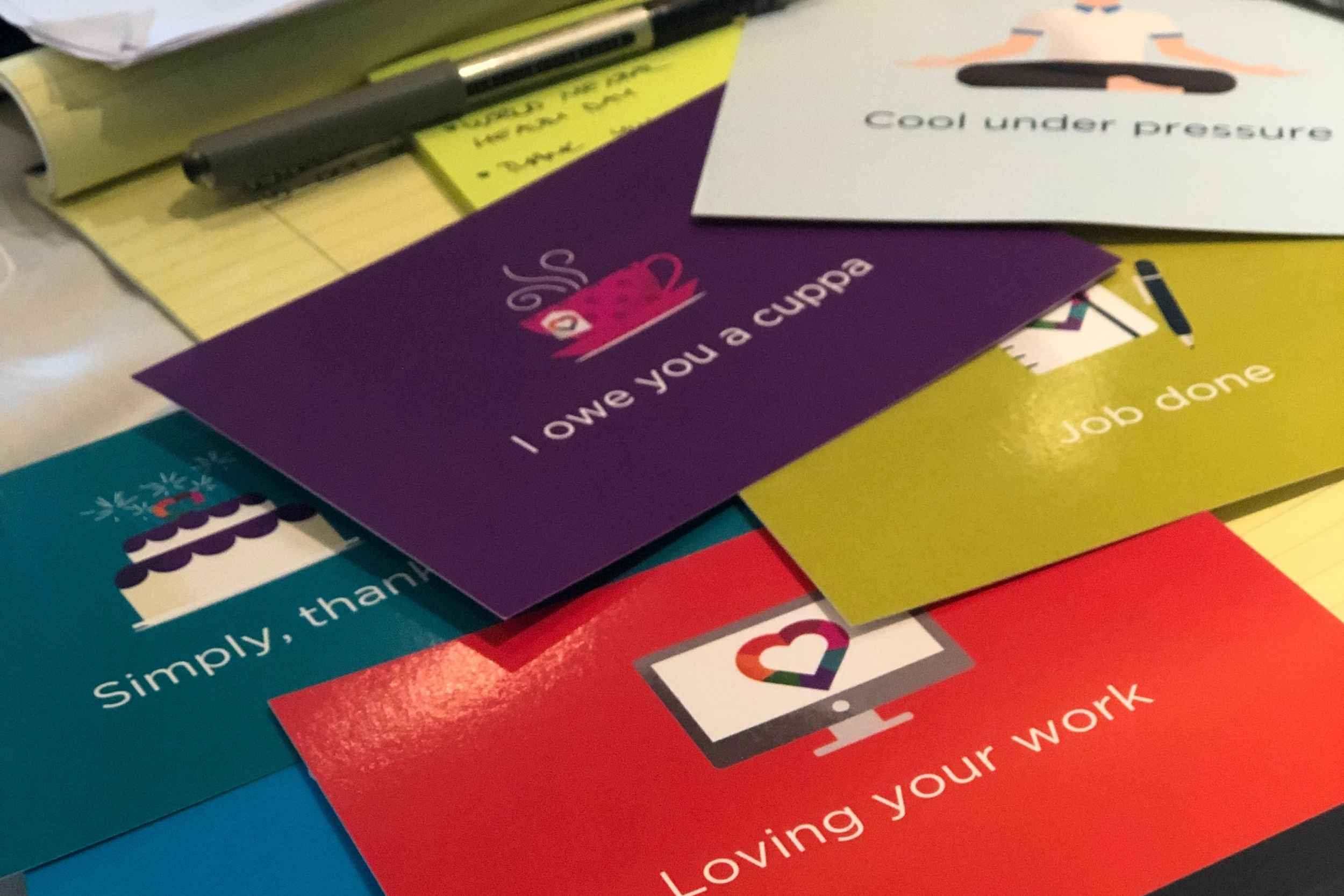
How can I assess the culture of my acquisition?
It might be tricky to really get under the bonnet of your acquisition in advance of the legal transfer date. Certain information around TUPE, finances, compliance and commercial integration, are accessible. But when it comes to engagement and culture, you’re not going to be able to hover around the water cooler or join a team meeting to gather intel!
If you’re using an independent HR consultant to help you navigate the legal aspects of your merger or acquisition this can also be a great way to assess potential pain points and plan for the challenges ahead. An independent person may gain more access to the company being acquired and can help you learn more about the people you’re bringing in.
What clients say about our approach to M&A
“He did all the detail but he was also great at creating relationships. So whilst we were getting all the paperwork and legal stuff in place, he worked really closely with the individuals that were going to come into the business to build trust with them.”
Heyley Selway
Chief Executive, CCHA
“Studies from the Queens School of Business and the Gallup Organization showed that organizations with low employee engagement scores experienced 18% lower productivity, 16% lower profitability, 37% lower job growth, and 65% lower share price over time.”
Emma Seppälä & Kim Cameron
Harvard Business Review
Why does culture matter?
Clearly defined culture is a sign of a positive, engaged workforce, which means exceptional customer service, confident sales and marketing, increased productivity, reduced staff turnover and a better share price. Why? Because when everyone is working towards a shared vision your people are an amazing asset. When they don’t feel part of the bigger picture they switch off, and can do some serious damage.
Try to understand what the cultural differences are between the old and new company. Nip any opportunity for a ‘them and us’ dialogue to take hold with a clear communication plan that’s put into action pronto!

An engaged workforce is more profitable – can you afford not to think about culture?
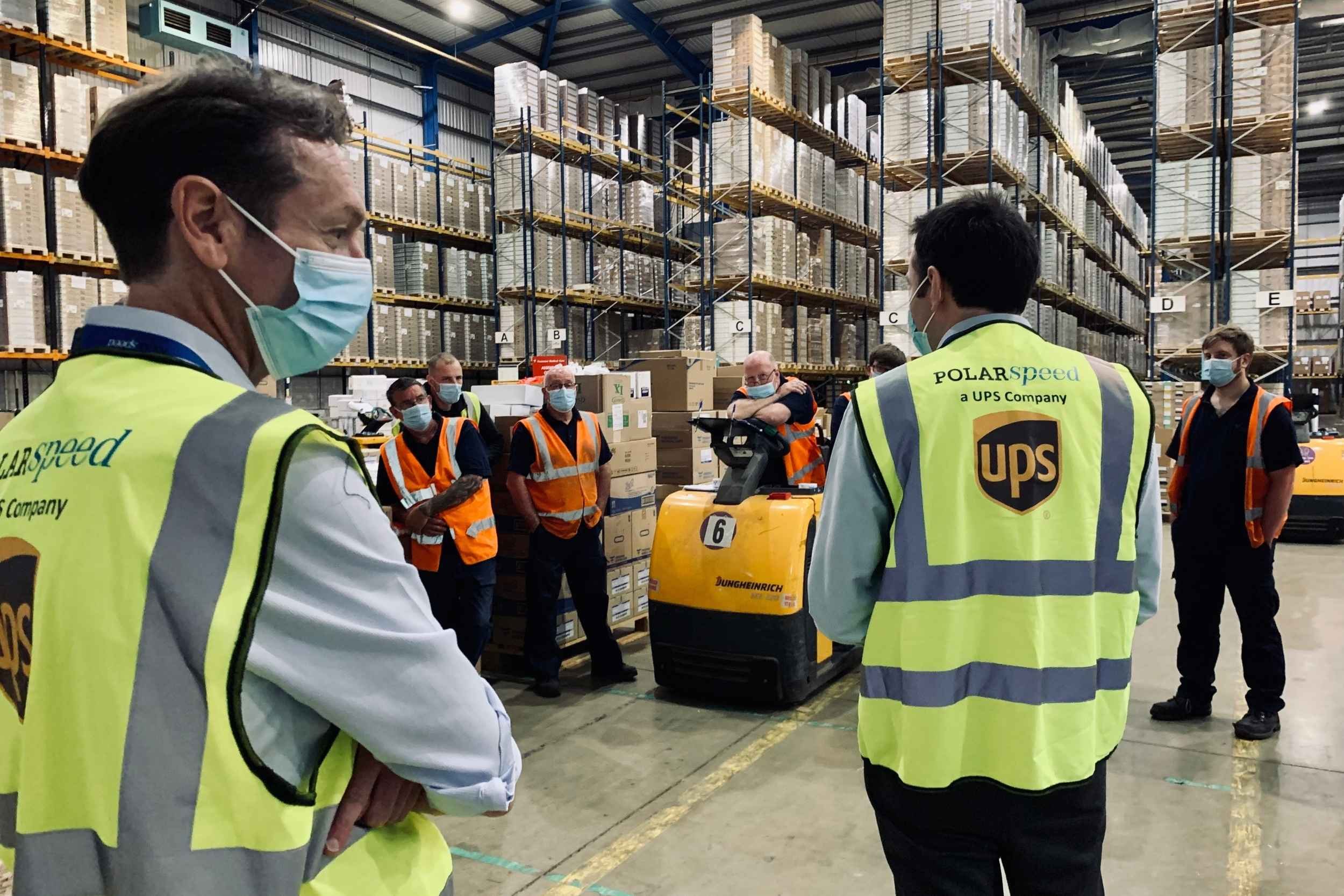
Do leaders know how to promote positive culture?
If people are used to being managed in a certain way it can be deeply unsettling when a new regime comes along. One of the best ways to establish your organisation’s culture and ethos early on, is for management to get out on the shop floor and talk to people.
As a minimum, you should plan on hosting a Welcome Meeting where you can meet your new colleagues and tell them a bit about you and the new company. You can do more. Whether it’s a staff conference, video message, virtual event or just chatting informally to teams or individuals, nothing reassures people more than a boss that takes the time to listen.
As well giving people practical, operational information about how the business will look in the future it’s a great opportunity to gain insight into how people are feeling about the change.
A Welcome Meeting is a ‘must do’ when it comes to mergers and acquisitions
- Working out a change management plan in advance can give leaders structure and focus as they communicate their vision to employees old and new.
- This doesn’t come instinctively to everyone. You might be a sector-leading professional, with a multi-million pound business but actually have no idea how to inspire your workforce. Or you might just be shy! Use leadership coaching to help you articulate why the business matters and what your aspirations for the future are.
- It will help your team understand the right way of doing things and in times of pressure and stress they will feel confident about what you and the organisation stand for and which behaviours are unacceptable.
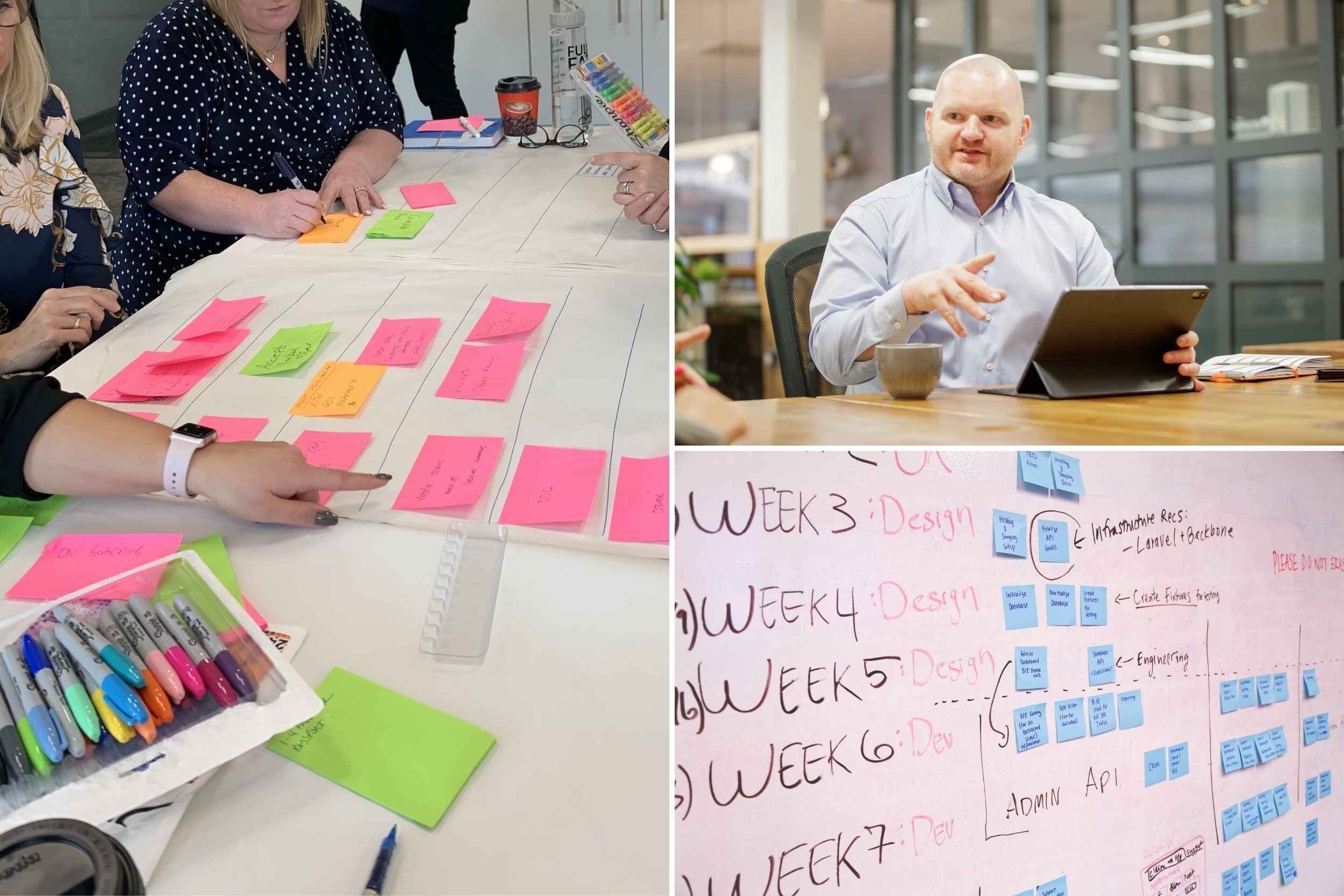

How can I take people with me?
As you plan for the future, consider the composition of your workforce.
If your organisation is office-based and you’re acquiring a business that works out in the field, how will you make those people feel welcome and avoid a two-tier workforce? Your ways of working and communicating historically may not suit your new colleagues. Sending an internal newsletter once a week via email is no good if half the business don’t sit at a desk (or have a smartphone).
As you move forward, find communication channels that work, so you can keep people informed, feeling part of the same team and contributing to your business goals.
Communicate in new ways to reach colleagues at all levels during and following an acquisition
- Ultimately it’s people that make the organisation tick, so make sure your people soak up the right information, so they’re able to perform in the way you want them to.
Don’t know where to start when it comes to supporting your team through the Cost of Living Crisis?
We are passionate about finding ways to help bosses do the best they can to look after their people.
Some of what we’ve outlined here is simple, but implementing activity that’s targeted to help those that need it most often gets businesses in a pickle. Primarily because they get bogged down about treating all employees the same.
If you need help to work how to support those that need it in a way that’s fair and legal, then please drop us a line. We’d be happy to talk to you.
Polar Speed | TUPE Transfer
We’ll do the heavy-lifting so you don’t have to
“We engaged the services of The Spark Company to assist us with a TUPE transfer. Having Andrew on board for the project gave me full confidence that the HR aspects were in control in safe hands, allowing me to focus on the other aspects of the contract and implementation.”
Jonathan Dyer
Engineering Manager

Client
Polar Speed, a UPS Healthcare Company
- Polar Speed is the UK’s leading temperature-controlled supply chain expert, part of UPS Healthcare, global leaders in temperature-controlled logistics.
- Polar Speed serves a range of sectors including: pharma, medical devices, diagnostics, hospitals and clinics
- Polar Speed delivers directly to the homes of thousands of NHS patients and private patients.
Challenge
Transfer a group of employees as services are outsourced, without disrupting patient deliveries
- A customer asked Polar Speed to take over the running of an in-house patient medication delivery service.
- The Spark Company was commissioned to manage and deliver the people aspects of the outsourcing project, including TUPE.
- A group of employees would TUPE transfer to Polar Speed.
- The incoming team made daily deliveries of kidney dialysis equipment and consumables direct to patients' homes, so service could not be interrupted.
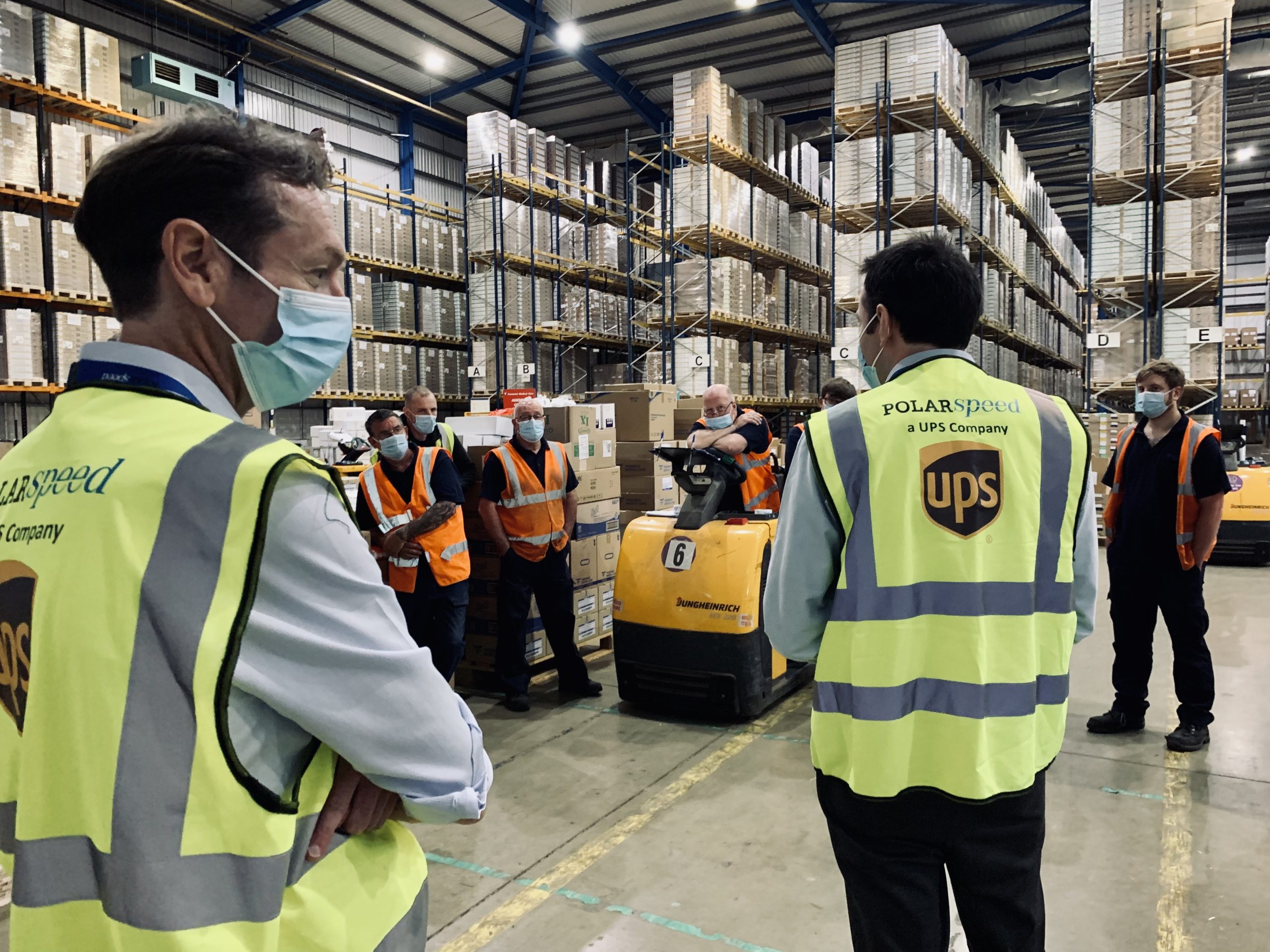
We’ll do the heavy-lifting so you don’t have to
“Andrew and I worked on a project together recently and his expertise and efficiency were second to none. He provided an impeccable service, friendly, fast paced and with attention to detail. He always provided the outcomes he'd committed to, and was always engaged, responsive and a really safe pair of hands for a complex project. I'd recommend his skills to anyone.”
Daniel Armstrong-Hill
Project Manager

Solution
Clear, honest and open communication throughout the transfer process
- We worked together with the in-house HR Team and quickly got up-to-speed.
- We joined Polar Speed's project team and took responsibility for the people aspects of the change project.
- We liaised with the outgoing employer and proactively supported the consultation process before the TUPE transfer date.
- We briefed managers and helped the in-house HR and Payroll Teams to prepare their systems.
Impact
Service and employees transferred; no disruption to service delivery
- The team transferred without interruption to patient services – all still whilst observing COVID-19 safety measures!
- No grievances, complaints or resignations were received.
- We supported our client with engaging communication tailored to drivers, administrative and warehouse staff.
- We ensured everyone got paid properly on their first pay day and helped Polar Speed to resolve pay and pension queries.
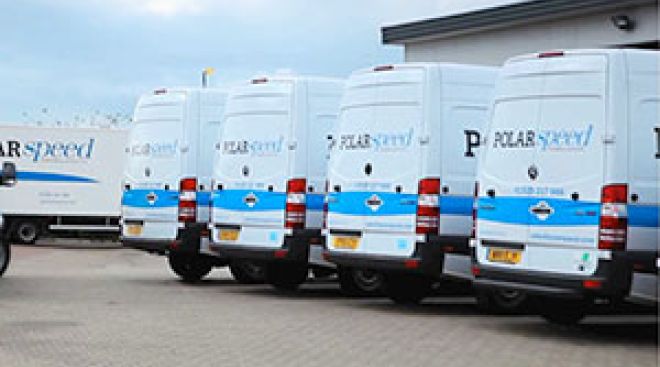
Do you need help to insource or outsource a group of employees?
Is your business growing through acquisition, or perhaps divesting services which no longer match your core mission?
If you are looking for a HR Consultancy to take care of Due Diligence, Employee Liability Information, Consultation and TUPE, then you need to speak to us. We can work effectively as a dedicated project leader, as part of your in-house team, or as an advisor to your executives, board and senior management.
We're ready to help you achieve your business goals through your people, and make TUPE one less thing you have to worry about.
How to put people at the heart of company decision making
Introducing a HR strategy that automates simple tasks and frees up time to focus on building a positive, people-focused company culture

- There are many misconceptions about the role of HR, which are often driven by a lack of visibility.
- When managers take accountability for people tasks that were traditionally considered part of the personnel function, it’s often seen as an indicator of good leadership; a sign that the people at the top of the company communicate well with their team. In many instances, there’s not always a need to call on HR to settle issues surrounding things like contracts, training, appraisals or bonuses.
- It’s more common to call on HR when a more technical or complicated people-related issue comes up. For example, when there’s uncertainty around regulatory or legal requirements surrounding employment, HR may be brought into the conversation as subject matter experts.
Misconceptions about HR are driven by a lack of visibility.
- A natural downside to this way of working is that many employees will only ever come across a HR professional when they’re being interviewed, or having to go through some sort of formal performance management or disciplinary process. This means that HR is sometimes seen as the department of ‘hiring and firing’, or that the ‘H’ in HR stands for anything other than human.
- I believe there’s a better way to approach the integration of HR in organisations: one that still allows leaders to stay connected with the people in their teams while placing the focus on core company values to better care for both colleagues and customers
- HR is the custodian of fairness, equality and inclusion in any business. This means that they’ll put systems and processes in place to make sure that you’re not discriminated against. You may not see them at any point during the selection process, but if you’re treated with dignity and respect, we’ve done our job right.
How should I be managing and developing performance in my organisation?
- The key to managing performance is open and transparent conversations, where the employee feels in control of their own destiny.
- Both employer and employee know what’s expected of them, what they’re great at, and where they need support. It’s not rocket science, this approach builds engagement, which is better for business.
- Research shows engaged employees generate 43% more revenue than disengaged counterparts. High engagement can also lead to a tripling in profit growth, an 87% reduction in staff turnover and a 20% improvement in performance.

Why quick fixes aren’t enough
- There’s no question that many businesses set out to do the right thing. Leaders often strive to live and breathe the core values of the companies they run, so that their actions, behaviours and decisions are consistent with these values and their organisation’s overall purpose.
- Some of the ‘quick fixes’ that businesses choose to demonstrate that they value their people and communities include:
- Flexible reward and recognition schemes
- Paying at least the living wage
- Developing a pipeline of leaders within the business
- Reinvesting profits in community investment schemes to demonstrate social value
Quick fixes won’t create a lasting and positive culture
- While these actions are all commendable, there are wider and more strategic decisions that can be taken to create a lasting and positive culture. This is where a dedicated HR expert can help.

A new model for HR
- Executives, directors, boards, business owners and leaders might consider moving from the Ulrich model (where HR is separated into roles such as employee champion, change agent, strategic partner and administrative expert) to a more evolved HR network model – one that builds on the success of existing business partnering relationships.
- Nowadays the majority of service centre work can be dealt with via automated workflows, AI, chatbots and self-service apps, allowing people to take care of admin tasks themselves. This means that tasks like managing annual leave balances, recording absences and related documentation or making basic queries about salary payments no longer require the resources they once did.
The team that previously would have managed such tasks will now be free to manage self-service platforms and related processes. In larger organisations, personalising and tailoring these platforms to the needs of the people who use them can be achieved without sacrificing efficiency or compliance.
HR needs to change. It’s time to focus on ‘people not process’
Meanwhile, HR project teams can act as internal consultants, focusing on work that is directly informed by the company’s people strategy. Their expertise can call upon a blend of internal and external resources, with subject matter experts working on important strategic areas of work such as:
- Organisational development
- Organisation design
- Diversity and inclusion
- Rewards
By following a model like this, HR becomes a network of change, engagement and influence. Your people team becomes a key part of wider business decision making, blurring the traditional boundaries of HR and putting people at the very heart of what the company does.
HR networks are excellent at building and growing relationships, managing change and engagement and work to achieve the wider strategy goals. When you consider all this, it seems natural to include HR in your decision making process.
Don’t know where to start when it comes to supporting your team through the Cost of Living Crisis?
We are passionate about finding ways to help bosses do the best they can to look after their people.
Some of what we’ve outlined here is simple, but implementing activity that’s targeted to help those that need it most often gets businesses in a pickle. Primarily because they get bogged down about treating all employees the same.
If you need help to work how to support those that need it in a way that’s fair and legal, then please drop us a line. We’d be happy to talk to you.
Ascenti | Interim HR Leadership for a leading provider of physio and mental health
Happy Clients
“Andrew is brilliant at engaging with people at all levels and across the whole business. If you need someone that can really bring people together and make things happen quickly, he’s a great person for that.”
Stephanie Dobrikova
Chief Executive Officer

Client
Ascenti
- Ascenti is the UK's leading provider of physiotherapy and mental health services.
- The Ascenti team provides excellent patient care at over 400 clinics across UK, supported by office-based and regional teams.
- Patients are treated by a national network of 500 directly employed Ascenti clinicians delivering upwards of 600,000 treatment sessions every year.
Challenge
Step in as Interim Head of HR and lead strategic projects
- Ascenti's previous Head of HR had moved on leaving a gap in the HR Team.
- HR leadership was needed to navigate the people impact of both a global pandemic and Brexit
- Ascenti’s leadership team needed an Interim Head of HR to support them during this challenging time.

Happy Clients
“Andrew hit the ground running and unlike many other HR consultants who can often create more work for the team, he lightened our workload.
We are undoubtedly better off as a business having worked together and I wouldn’t hesitate to recommend The Spark Company to others.”
Sophie Harper
Chief People and Communications Officer

Solution
Remote HR leadership through uncertain times
- We led the in-house HR Team remotely when none of us could meet face-to-face.
- We supported the Executive Team to review and simplify organisation structures.
- We ensured legal compliance of visas for all overseas staff – an important consideration as the Brexit transition period ended and new immigration rules emerged.
Impact
Key talent was retained so patient-facing services could return to ‘normal’ without disruption
- Majority of roles protected and colleagues furloughed, particularly clinical practitioners who were essential for patient care.
- HR roles restructured and redefined, giving Ascenti a scalable structure to support future growth.
- Upgraded HR and Payroll technology to enable self-service and minimise wasted time
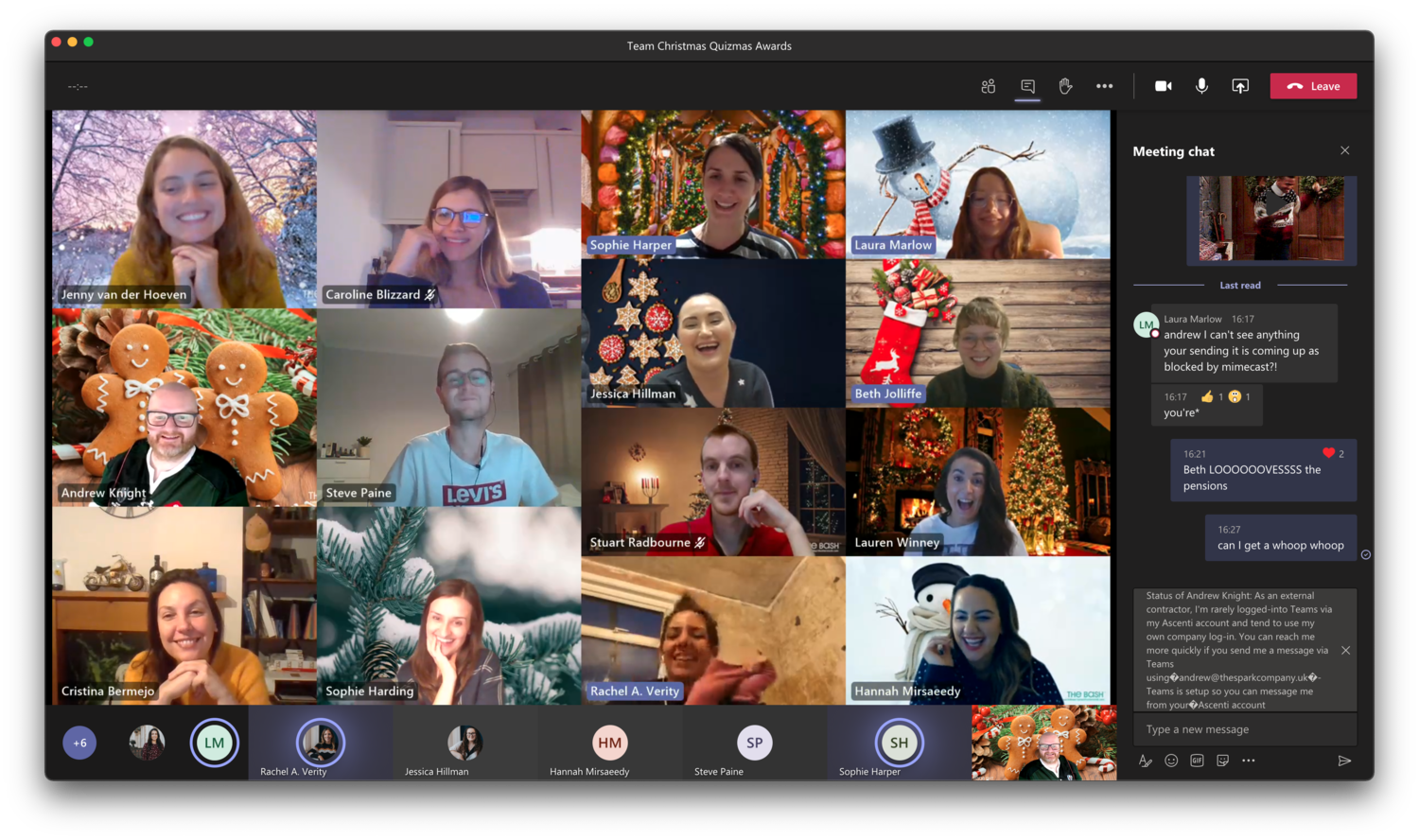
Looking for an interim HR Director that can hit the ground running?
Do you need short-term cover for a HR Director or People Director role? Tried recruiting and still can't find a Head of HR or Head of People? If you are looking for a HR Consultancy to take the pressure off you and temporarily manage your HR function, then you need to speak to us.
We're ready to step in, give you interim strategic HR support, and get stuff done…until you make a permanent hire.
Build a pandemic-proof business in 2021
The coronavirus pandemic has affected us all in ways we’d have struggled to imagine when 2020 rolled around. If you run a business that has shifted from a face-to-face business model to a blended or virtual offering, the challenges and opportunities you face could leave you feeling all sorts of things: nervous, overwhelmed, uncertain and exhausted, to name just a few.

Now that we’re almost a year into the pandemic, it’s worth considering what the future of your business will look like on the other side of lockdown. If you’re not sure where to start, a HR consultant can help you to reengage with your team, identify the people challenges your business may face in the ‘new normal’ and develop your workforce to make the most of growth and development opportunities.
From leading teams remotely to keeping sight of your long-term business vision, here are some of the ways I’ve helped companies and individuals adapt and succeed during the pandemic.
Let your team hear your voice and see your face
Senior teams should be empowered to lead on operational matters and day-to-day issues. Try to create space and time for your team to look after your customers and to take ownership of their projects. This will release your time to focus on strategic matters, whether it’s the marketing plan for a post-vaccinated world or a new treasury strategy to take advantage of record-low interest rates.
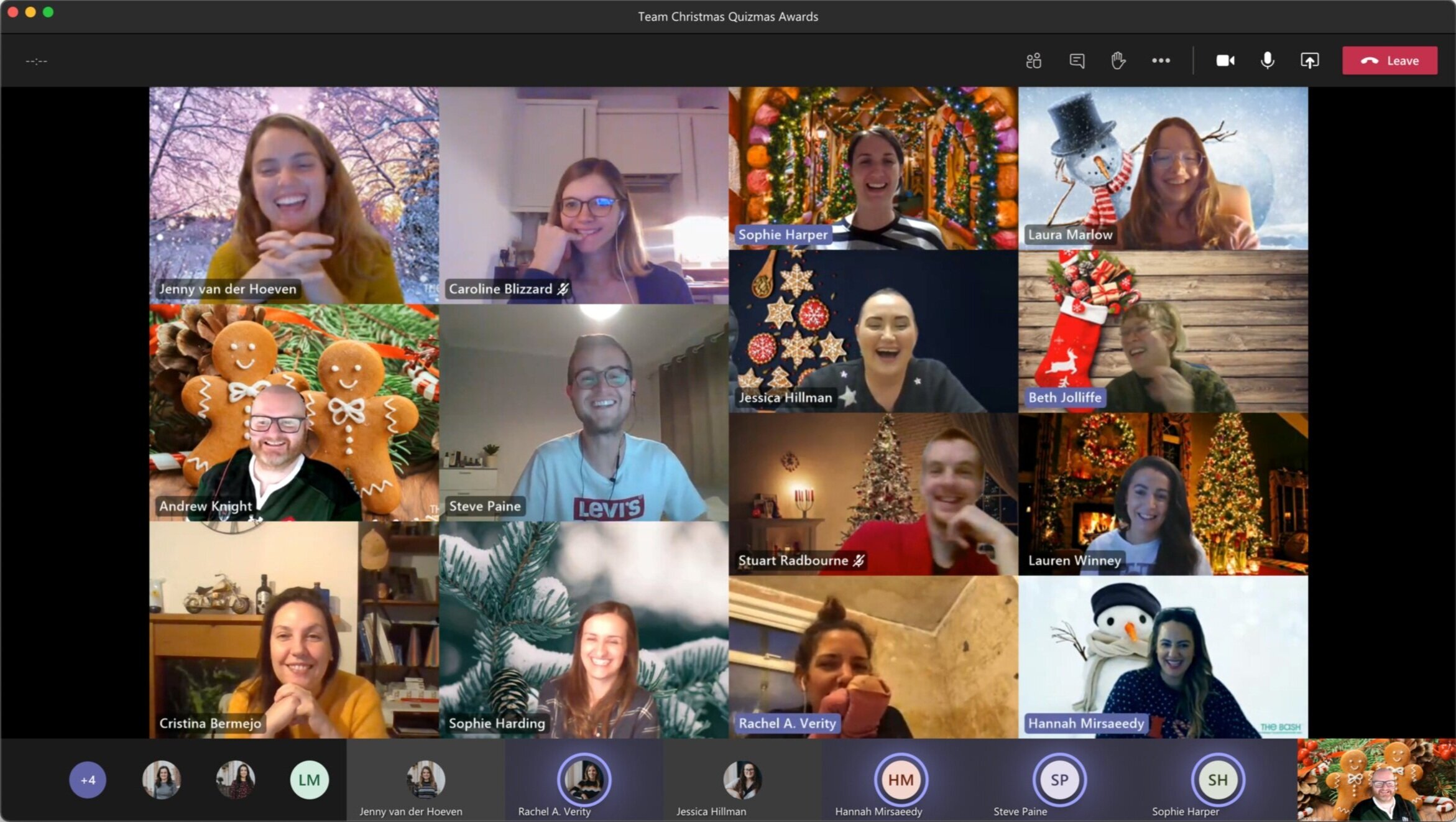
Virtual leadership in the age of COVID-19
Leading a team remotely feels very different to managing a group of people in an office. Yet the core principles remain the same: to keep communication clear and open, inspire trust and get the best from the people you work with.
Keep information flowing and regularly share feedback
- It’s more important than ever to talk to your team regularly about how the business is performing. Involving colleagues in this process (for example, by asking what customers have been saying or encouraging individuals to explain what’s working well for them) can result in a more collaborative conversation where people feel valued and inspired to do well on behalf of the team.

Rebuilding with vision
What should leaders be focused on as they rebuild their businesses following the pandemic? The most important thing is to stick to your core values: making decisions, taking action and behaving in a way that reflects the ethos and character of your company.
Empower others and create space for yourself
- It’s more important than ever to talk to your team regularly about how the business is performing. Involving colleagues in this process (for example, by asking what customers have been saying or encouraging individuals to explain what’s working well for them) can result in a more collaborative conversation where people feel valued and inspired to do well on behalf of the team.
Stay focussed on your long term plans
- As well as keeping up momentum in the short term, it’s important to stay focused on long-term plans. You may need to recalibrate (and that’s OK) but don’t lose sight of your vision. Don’t forget to keep talking about it: clearly communicating your vision and plans to your team while engaging them in your COVID recovery plans will show clear and reassuring leadership as everyone recovers from the crisis.
Champion safety and wellbeing at work
- Above all, prioritise the safety and wellbeing of your workforce, your customers, your partners and stakeholders. People will always remember how you made them feel – you want that feeling to be safe, positive and reassuring.

Supporting your business through organisational change
- Economic and societal change are two of the big drivers for organisational change. COVID-19 has triggered both, making now an ideal time to consider how your organisation can adapt to meet the challenges and embrace the opportunities of 2021 and beyond.
- Working with an organisational change consultant will help to ensure that you make the most of the process. I’m passionate about helping my clients to optimise their organisations and meet whatever challenges come their way; getting to know the specific challenges your business is facing before coming up with smart, long-lasting solutions that are tailored to your company.
Don’t know where to start when it comes to supporting your team through the Cost of Living Crisis?
We are passionate about finding ways to help bosses do the best they can to look after their people.
Some of what we’ve outlined here is simple, but implementing activity that’s targeted to help those that need it most often gets businesses in a pickle. Primarily because they get bogged down about treating all employees the same.
If you need help to work how to support those that need it in a way that’s fair and legal, then please drop us a line. We’d be happy to talk to you.
Laser Clinics UK | Response to COVID-19
You can count on us in a crisis
“Andrew provided timely, calm and well-informed HR advice and consultancy to us at a very challenging time for our business.
I would highly recommend his steady, professional and authoritative guidance.”
Bridget Healey
Acting General Manager

Client
Laser Clinics UK, part of Laser Clinics, a global leader in aesthetics treatments
- Laser Clinics operates over 200 clinics globally; the largest cosmetic clinic in the world, with more than 2,500 staff performing over 4.2 million treatments a year.
- Laser Clinics United Kingdom (LCUK) opened its first UK location in September 2019.
- LCUK operates a shared ownership model, working with franchisees and independent owners.
Challenge
Immediate closure of all UK locations and furlough all UK-based staff
- In line with UK Government restrictions from March 2020, all clinics in the UK were closed overnight.
- The Corporate Leadership Team was based in Australia, where different lockdown rules applied.
- The UK General Manager needed support and guidance to safeguard UK employees and jobs.

Calm under pressure
“When the COVID-19 pandemic hit the UK, Andrew’s support was invaluable.
Giving practical advice to a group of independent business owners is no small task; somehow Andrew found a way to give each of us what we needed.”
Sue Molloy
General Manager

Solution
Practical and pragmatic HR advice in response to the COVID-19 pandemic
- Virtual leadership team briefings to franchisees and employees.
- Support to furlough teams and gradually return teams from furlough and reopen businesses safely.
- Support client to setup a UK-based HR Service to provide clinic owners with HR advice.
- Partnered with Australian Corporate Team as their UK-based Strategic HR Consultant.
Impact
Service and employees transferred; no disruption to service delivery
- Franchisees and corporate teams felt supported and reassured.
- Several managers described our service as “invaluable”.
- No grievances were received by clinics.
- All clinics were temporarily closed and later reopened safely, in line with UK Government advice.

Do you need help to retain talent through challenging circumstances?
Is uncertainty or volatility making you re-think your business plans? Do you need to make some changes to your structure and wondering where to start?
If you are looking for a HR Consultancy to help you a difficult period, then you need to speak to us. We can work effectively as a dedicated project leader, as part of your in-house team, or as an advisor to your executives, board and senior management.
We're ready to help you achieve your business goals through your people, and to overcome the challenging circumstances you face.
CCHA | TUPE Transfer
A HR Consultancy that gets stuff done
“Andrew comes with a range of ideas; he's hugely creative and hugely solution focussed, he's the full package really. He gives me clarity and pragmatism, which for a Chief Executive like me, is really important.”
Hayley Selway
Chief Executive

Client
Cardiff Community Housing Association; responsible for over 3,000 homes in Wales
- Cardiff Community Housing Association (CCHA) is a community-based Registered Social Landlord.
- CCHA rents homes to over 3000 families in Splott, Butetown and Adamsdown
- CCHA works with tenants to transform their lives, in some of Cardiff's most disadvantaged neighbourhoods.
Challenge
Transfer a group of employees from an outsourced provider into the organisation with no interruptions to service (…during a pandemic)
- CCHA decided to insource its repairs and maintenance service in late 2019, to deliver greater value for money and create resilience in its services.
- In early 2020, we were commissioned to manage and deliver the TUPE project.
- A group of employees would transfer to CCHA on 1st April 2020.


Solution
Clear, honest and open communication throughout the transfer process
- We worked together with the in-house HR Team and quickly got up-to-speed.
- We joined CCHA's project team and took responsibility for the people aspects of the change project.
- We communicated with project leaders weekly, regularly met transferring employees, resolved queries, and began integrating the new team with existing CCHA colleagues.
Impact
Service and employees transferred; no disruption to service delivery
- The team transferred without interruption to tenant services – no mean feat at the start of the COVID-19 pandemic!
- No grievances, complaints or resignations were received.
- We supported our client to offer aligned Terms and Conditions of Employment; 100% of incoming employees voluntarily accepted the new contract.
- As the teams integrated into CCHA, transferred colleagues have been promoted and developed into new roles.

Do you need help with TUPE?
Are you a business looking to insource services from a supplier, take over a contract you've won, and transfer a group of employees into your team? Are you wondering where to start?
If you are looking for a HR Consultancy to help you with the TUPE Transfer and guide you as you integrate your new team into your company, then you need to speak to us.
Our experienced CIPD accredited consultants will help you every step of the way.
